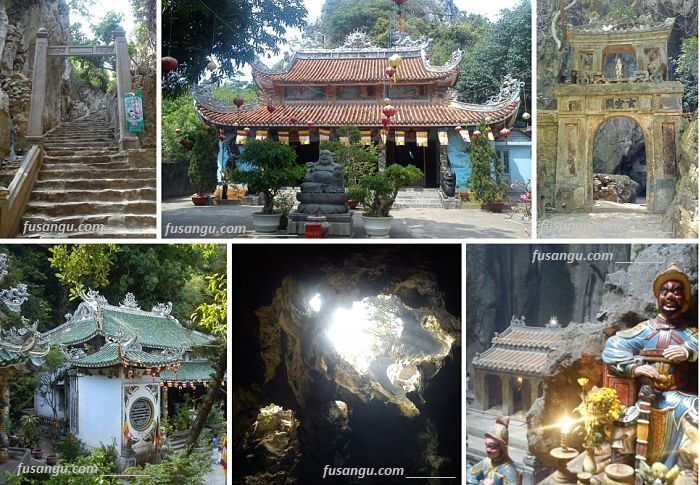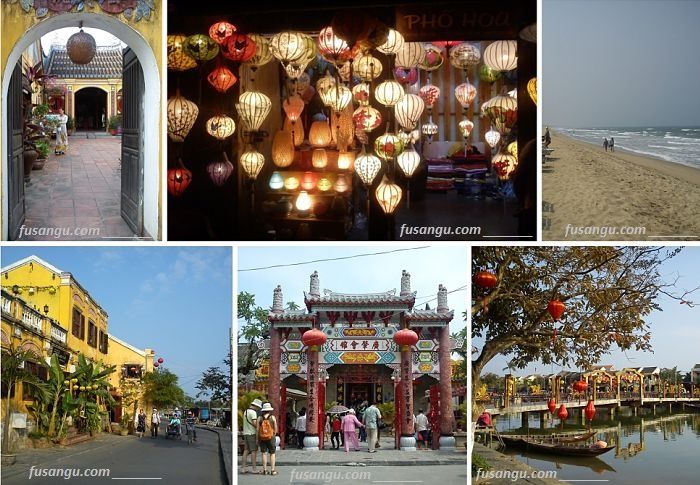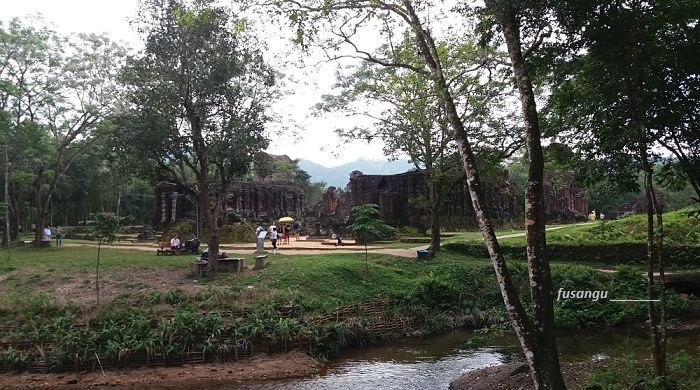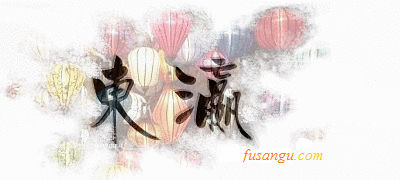
Three days allow to visit well Hoi An and its surroundings. Hoi An is a quiet and pleasant little town where it is enjoyable to spend some days and relax.
There is plenty of opportunities for side trips and interesting itineraries in the area.

Hoi An 3-day itinerary: suggested programme
Hoi An is a small town but it offers plenty of choice as to what to do and see. Moreover, in its vicinity are numerous destinations of tourist interest. This, coupled with the pleasant atmosphere of its rural context, makes Hoi An a perfect place where to enjoy slow travelling.
Day 1: Hoi An historic centre
The first contact with Hoi An can simply be a relaxing walk in the centre. Hoi An historic centre is unique in Vietnam. No other city in the country can boast such a beautiful and well-preserved historic centre. From traditional local houses to colonial buildings, the area is a fascinating blend of tangible heritage that displays influences from Chinese, Japanese and local architecture.
Many of Hoi An’s most beautiful architectures are found along Tran Phu and Bach Dang streets. These are the most touristy places but if you cannot stand the crowds, a simple turn into a backstreet will immediately project you into a totally different dimension, that peaceful, quiet, atmospheric old town where time flows slowly.
If you cannot wait and want to exploit the little time available, you can immediately add a few cultural visits, such as Hoi An Ceramics Trade Museum or one of the sino-vietnamese halls.
If you want to see the ordinary non-touristy town, just cross the Thu Bon River and wander in Cam Nam Island.
Do not forget to purchase the tourist tickets (120.000 dong). Each allows you entrance to five sightseeing spots. We suggest you buy two tickets. Ticket offices are in the old town, near Quan Cong Temple and near the Japanese Bridge.
Day 2 – Temples, sino-vietnamese assembly halls, museums
A day is enough to see a significant part of Hoi An’s cultural heritage. We suggest you choose the following sites:
-
1) A historic pagoda;
-
2) A Taoist temple;
-
3) One or two assembly halls;
-
4) One or two ancient houses.
We suggest you start your sightseeing day very early, so as to have the chance of seeing Hoi An in peace and tranquillity. In this way you can also find time to have a siesta around noon, a time when the heat can become unbearable.
Minh An
Hoi An at dawn is still the quaint and adorable city that it used to be. The streets are quiet and the sights will not be ruined by cheap and out-of-place merchandise. This is the only time when you can really appreciate the old architecture, distinguish the different styles and notice decorations and features you will most certainly miss amid the confusion.
Japanese Bridge, Canton Assembly Hall, Phung Hung Old House
Very close to each other are three of Hoi An’s most famous architectures: the Japanese Bridge, Canton Assembly Hall, Phung Hung House (Chua Cau, Hoi Quan Quang Dong and Nha Co Phung Hung).
What is known under the name of Japanese Bridge is a small temple (Chua Cau, “Bridge Temple”). The tiny place of worship is found on a room built on a masonry bridge covered by a richly decorated tile roof. As you can imagine, the temple was found by the local Japanese community.
A beautiful sight encompassing the bridge can be had from the upper floor of Phung Hung Ancient House. The beautiful two-storey building served as residence and shop for an affluent family of merchants. The wooden structures and the furniture are particularly elegant.
A few steps towards east will lead to the Cantonese Assembly Hall (Hoi Quan Quang Dong). A Taoist temple, it serves as meeting point and social venue for the sizeable Chinese community hailing from GuangDong Province.
Bach Dang, Tan Ky Old House, Fujian Assembly Hall
Many beautiful colonial period houses are lined along Duong Bach Dang, the northern embankment of the Thu Bon River.
As you move from the Cantonese Assembly Hall you will immediately spot Tan Ky Ancient House. This is a very beautiful merchant house with a central yard. The house is marked by a board with Chinese characters. The building is a unique combination of Vietnamese, Chinese and Japanese architectural stylemes.
Once you have reached the Hoi An Market, spend so time wandering inside and outside the large building. Do not forget to taste the local fruits, delicious and healthy.
You can then proceed towards Tran Phu and visit Quan Cong Temple, place of worship devoted to the mythical Chinese general and the small and atmospheric Quan Am Pagoda.
Moving westwards along Tran Phu, the most touristy street in Hoi An, are many cultural sightseeing spots. We suggest you take some time to visit the Fujian Assembly Hall, the largest and most impressive hoa assembly hall in the city. The decorations of the roof are the most recognizable mark of Fujian sacred architecture.
Activities
Hoi An is a small city and it is easy to get around in its surroundings. Therefore there is plenty of choice as to how spend the afternoon. We suggest choosing among the following options:
-
Visiting HaiNan and ChaoZhou Assembly Halls and stroll along the Thu Bon in Cam Nam Island;
-
Cycling in Cam Chau and Cam Thanh, beautiful countryside localities just east of the centre;
-
Relaxing on the beach in An Bang or Cua Dai, beaches along the northern coast (between March and September);
-
Visiting Marble Mountains, a Buddhist religious site nestled in a group of small hills between Hoi An and Da Nang. You can also add a visit to Da Nang’s Cham Sculpture Museum if you plan to visit My Son the next day.
Day 3 – Visit to My Son Sanctuary
Southern and Central Vietnam were previously part of the Kingdom of Champa. Its population, probably of Javanese origin, used to practise Hinduism. With the push towards south of the Kinh (the ethnic Vietnamese) the Champa gradually lost territory and their state collapsed.
Many temples and vestiges of the Cham Kingdom can be found today, especially in Ninh Thuan and Binh Dinh provinces but no site reaches the beauty and importance of My Son Sanctuary.
At a distance of 30 km from Hoi An, it makes for a perfect half-day trip from the city. The visit also allows you to have a glimpse of the countryside landscapes in Quang Nam Province.
The sanctuary lies in a basin covered by a thick jungle. Rivers cross the valley, surrounded by mountains on three sides. The choice of the site was made as to follow precise cosmological notions.
The religious site, the spiritual centre of the Kingdom of Champa, comprised a large number of temples of outstanding size and artistic value. Aside from their beauty, the visitor will be impressed by the symbiotic relation between architecture and environment.
Nowadays only a small part of the ancient complex is standing. Tremendous damage was inflicted by a bombing occurred during the Vietnam War, supposedly, because Viet Cong were hiding in the valley.

Visit to Marble Mountains
If you want to visit another religious site you can get back to Hoi An and reach the Marble Mountains.
Otherwise you can choose among the options listed in the previous paragraph or just relax in Hoi An.
Where to stay in Hoi An
Even if Hoi An is a small city, when choosing where to stay you should pay some attention. First of all, be aware that there is plenty of accommodation for any budget.
As time is limited, you may want to base yourself not far from the centre. Getting around by taxi is cheap but you can also use a bicycle (most hotels and guest houses offer them for free).
For a 2-4 day stay like in this case, we suggest you choose among the centre and Cam Chau. .
These are the best options:
-
Minh An, in the heart of the historic town, arguably the most fascinating part of Hoi An;
-
Cam Chau, between the historic centre and the northern beaches, ideal location if you want to explore the countryside and get off the beaten tracks.
Related articles:
First journey to Vietnam: suggested 2-week itinerary

